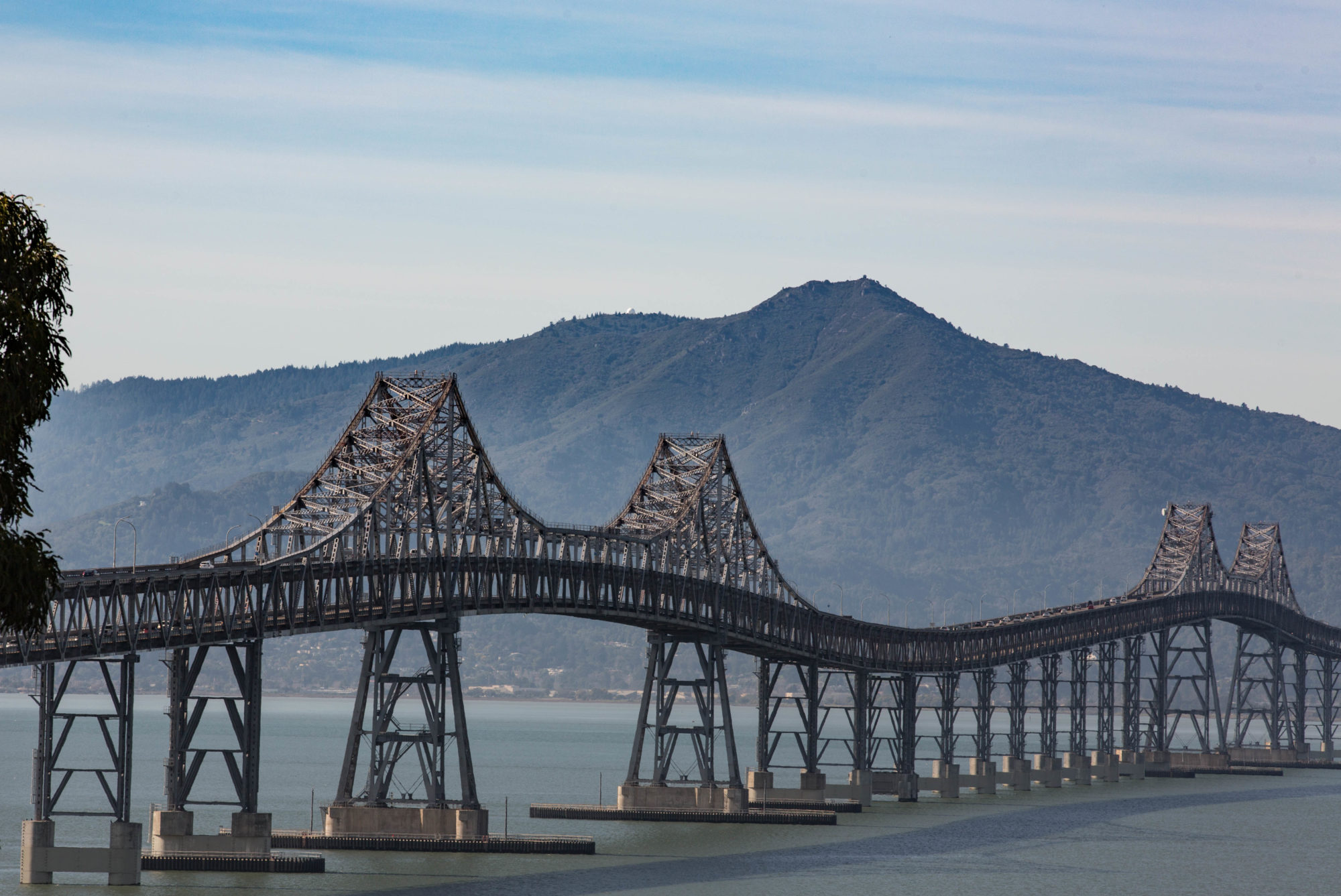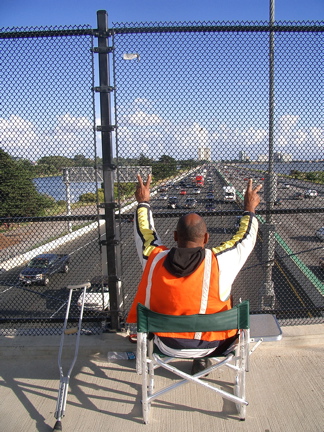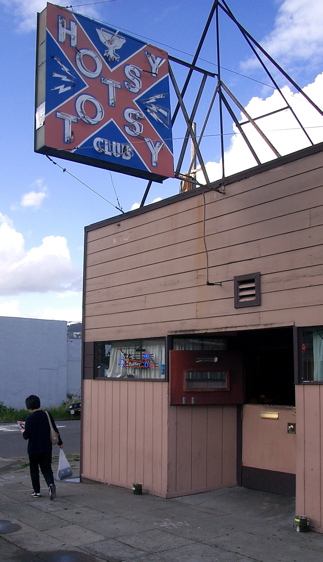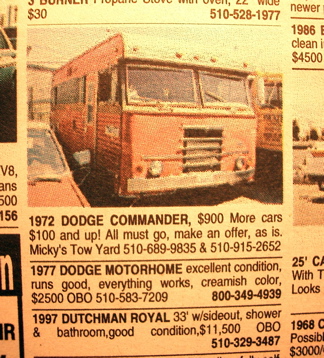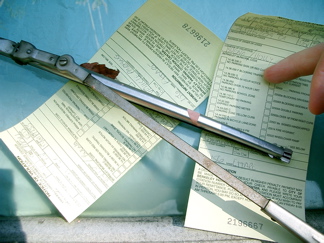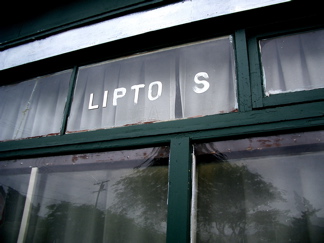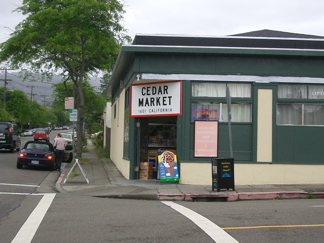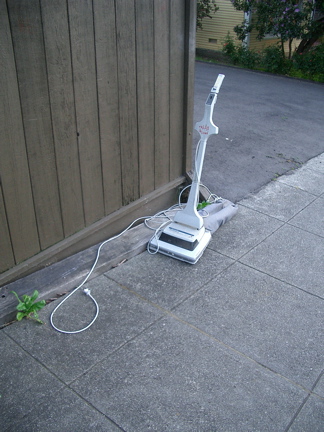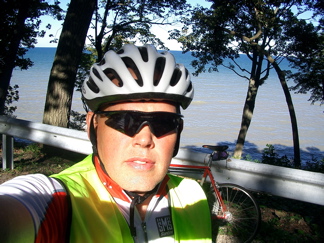
When I’m not procrastinating, interviewing for jobs, asking past bosses and colleagues for references, watching TV, riding my bike, writing clever furniture descriptions for a furniture catalogue that will remain nameless, mowing the lawn, pulling weeds, prioritizing creditors, and whatnot (under which heading blogging comes) — when I’m not doing any of those things, I can usually be found losing an expensive pair of sunglasses.
Just this morning, I regarded a pair of Oakley cycling glasses that I wore on a walk up to the University of California and back. I thought with pride how I’d had them nearly two years — an uncommonly long association between me and a pair of shades. Somehow, while I’ve lost pair after pair of similarly pricey specs — Ray-Bans by the seeming bushelful; and last year, particularly troublesome, a pair of clear-lensed Rudy Project glasses that I bought especially for riding at night, a pair that vanished without leaving even a vaporous thought about when, where or how they might have gone astray — those Oakleys have stayed defiantly in my possession.
"I guess I’m just extra-careful about them," I thought to myself in a satisfied way as I walked home.. Me and my Oakleys — I wore them across France (i.e., to hell) and back during my epic accomplishment of 2003. We’re pals for life.
A couple hours later, I was on BART, headed to the furniture catalogue place in far-off Marin County. I fell asleep on the train and hurried off the car at the first San Francisco stop with my bike and backpack. It wasn’t until I’d climbed three flights of stairs to the exit gate, then another long flight up to the glare of Market Street that I reached for my sunglasses. Gone. Just gone. I might have dropped them — but no, I would have noticed that or, more likely, stepped on them and broken them. Someone might have lifted them while I was on the train — but daring ne’er-do-wells would probably be on the lookout for something more valuable, like my false teeth. I decided maybe I had left them at home, but I couldn’t find them when I returned from furniture catalogue land.
No, I think what actually happened is that I laid them down on the train seat beside me, nodded off, then just got up and walked away from them in my semi-wakeful state. So, unless they turn up beneath a pile of paper here at the Infospigot & Co. domicile, I think I’ve donated those glasses to someone who has no way of knowing what a nice little memento of blood, sweat and cycling fatigue they have. Wear them well. And whatever you do, don’t lose them.
[Pictured above: Me, the PBP Oakleys, a Bridgestone RB-1, and wind-tossed Lake Michigan. Highland Park, Illinois; September 2004.]
